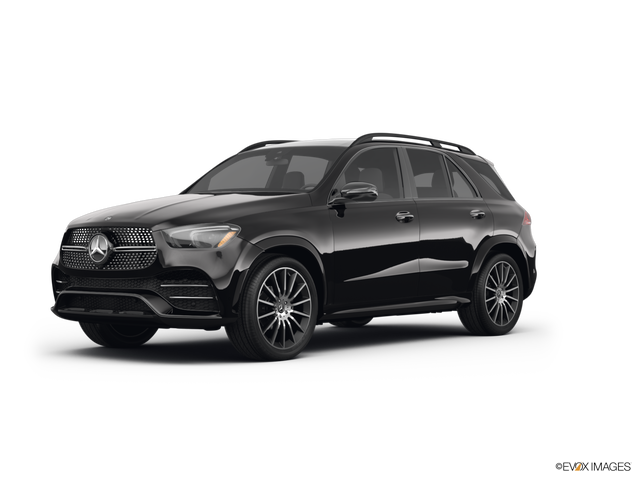The Atlas has a standard Automatic Post-Collision Braking System, which automatically applies the brakes in the event of a crash to help prevent secondary collisions and prevent further injuries. The GLE doesn’t offer a post collision braking system: in the event of a collision that triggers the airbags, more collisions are possible without the protection of airbags that may have already deployed.
Over 200 people are killed each year when backed over by motor vehicles. The Atlas offers optional Maneuver Braking that uses rear sensors to monitor and automatically apply the brakes to prevent a rear collision. The GLE doesn’t offer backup collision prevention brakes.
Both the Atlas and the GLE have standard driver and passenger frontal airbags, front side-impact airbags, side-impact head airbags, front seatbelt pretensioners, height adjustable front shoulder belts, plastic fuel tanks, four-wheel antilock brakes, traction control, electronic stability systems to prevent skidding, crash mitigating brakes, daytime running lights, blind spot warning systems, rearview cameras, rear cross-path warning, available all wheel drive, lane departure warning systems and around view monitors.
The National Highway Traffic Safety Administration does side impact tests on new vehicles. In this test, which crashes the vehicle into a flat barrier at 38.5 MPH, results indicate that the Volkswagen Atlas is safer than the Mercedes GLE:
|
|
Atlas |
GLE |
|
|
Front Seat |
|
| STARS |
5 Stars |
5 Stars |
| Chest Movement |
.5 inches |
.7 inches |
| Abdominal Force |
48 lbs. |
151 lbs. |
|
|
Rear Seat |
|
| STARS |
5 Stars |
5 Stars |
| Spine Acceleration |
39 G’s |
40 G’s |
| Hip Force |
527 lbs. |
677 lbs. |
New test not comparable to pre-2011 test results. More stars = Better. Lower test results = Better.


